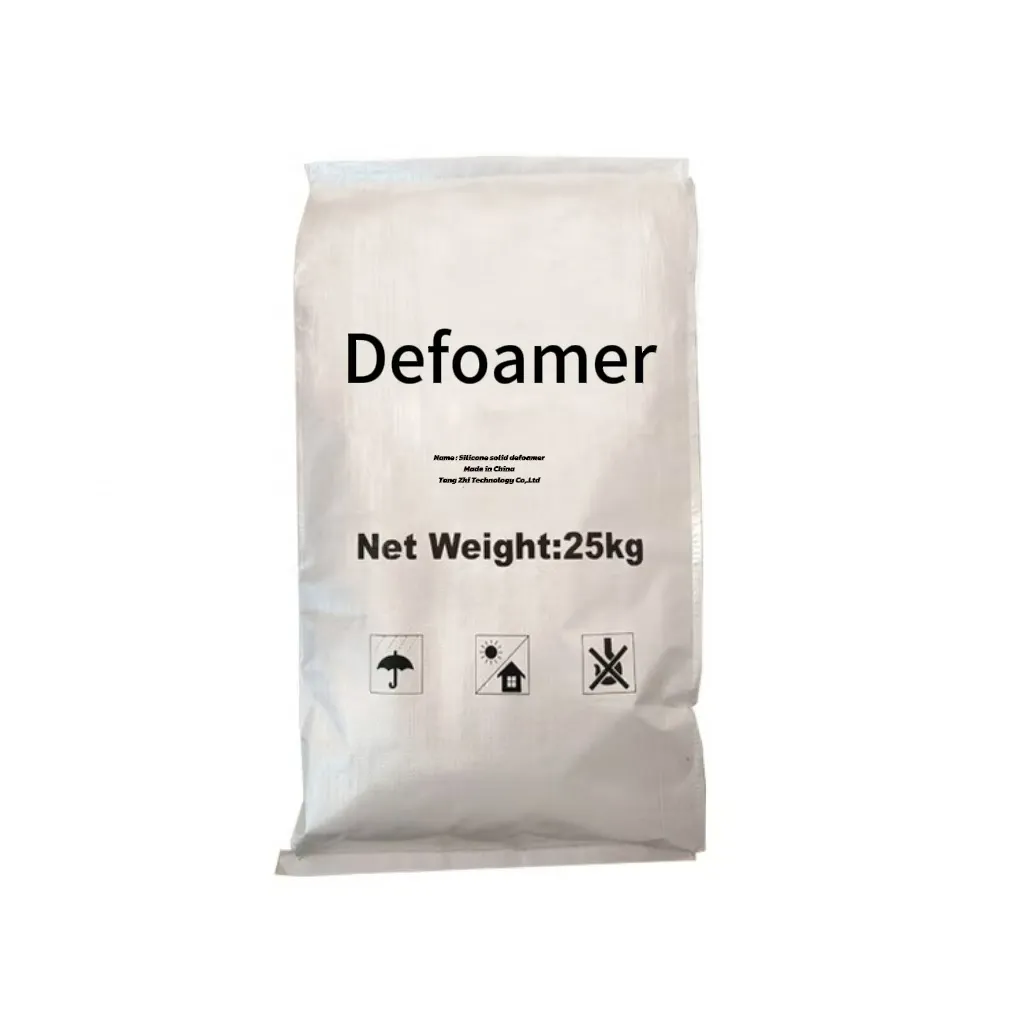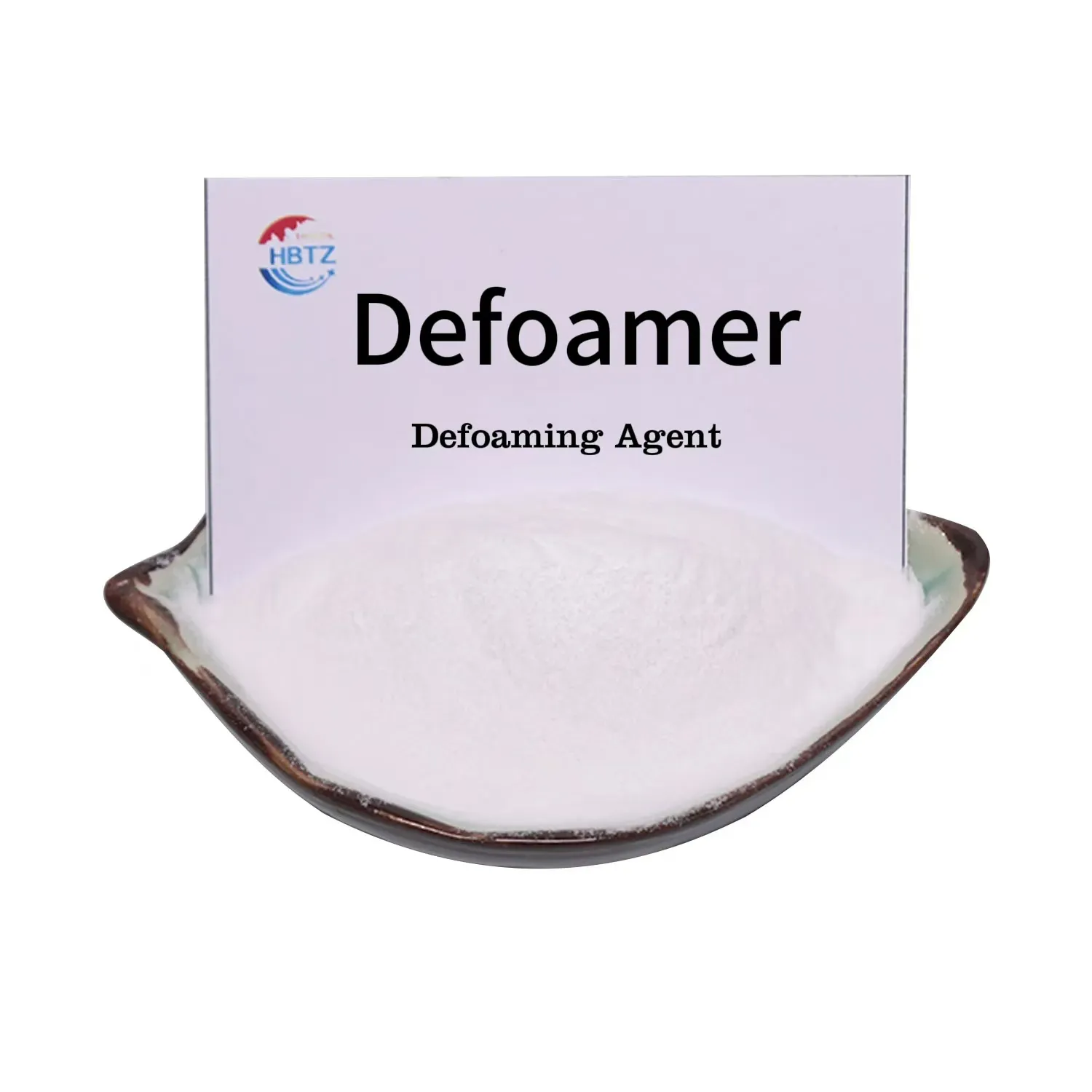
Antifoam and Defoamer: Faster, Low-Dose, Residue-Free?
What I’m Seeing in the Market for Antifoam Solutions
If you've spent time on a production floor, you know foam can be a silent saboteur. The rise of high-solids coatings, bio-based fermentations, and waterborne systems has made antifoam and defoamer technology more important than ever. Actually, the brief is simple—kill foam fast, don’t wreck surface quality, and please, don’t contaminate downstream processes. In practice, it’s a tightrope.

Product Snapshot: Defoamer (Defoaming Agent)
Origin: Room 2308, Dongsheng Plaza 2, No. 508 Zhongshan East Road, Chang’an District, Shijiazhuang, Hebei, China. The core is silicone oil—non-volatile, chemically inert, physically stable, and impressively temperature-tolerant. It’s insoluble (or barely soluble) in water, plant/animal oils, and mineral oils, which is exactly why it knocks down foam so reliably. Many customers say it “just works,” which, to be honest, is what you want on a Friday shift.
Where It’s Used
- Architectural and industrial coatings, inks, adhesives (including HPMC-rich systems)
- Pulp and paper white water, wastewater treatment, and desalination pretreatment
- Cementitious grouts, putties, gypsum slurries (better pump-ability, fewer pinholes)
- Fermentation, detergent manufacturing, oil & gas separation, lubricants
Process Flow (Real-World)
Materials: silicone oil matrix + hydrophobic silica + proprietary emulsifiers (for emulsion grades). Methods: dose 50–600 ppm into the turbulent zone; for stubborn systems, pre-dilute 1:5 with the process medium. Testing standards: ASTM D892 (oils), ASTM D3519 (latices), ASTM D1173 (surface-active agents). Service life: in-bath persistence ≈ 2–8 hours depending on shear and surfactant load; shelf life ≈ 12 months sealed at 5–35°C. Industries: coatings, construction, paper, water, chemicals—wherever foam taxes throughput.

Specifications (Typical)
| Parameter | Typical Value | Notes |
|---|---|---|
| Chemistry | Silicone oil + hydrophobic silica | Emulsion or non-emulsified |
| Viscosity (25°C) | 400–1200 mPa·s | ≈ varies by grade |
| pH (emulsion) | 6.5–8.5 | real-world use may vary |
| Recommended Dosage | 0.005–0.06% wt. | Start low; titrate up |
| Temperature Window | -5 to 180°C | Short spikes tolerated |
Performance Snapshot (Internal Lab, n=3)
Waterborne acrylic per ASTM D3519: baseline initial foam height 250 mL; with antifoam and defoamer at 0.02% wt., foam height 20–35 mL; time-to-break from ≈210 s to 12–25 s. In a cement grout, visible pinholes dropped “dramatically” (contractor’s words) when dosing 0.015% before pumping.
Advantages You Actually Notice
- Fast knockdown, decent persistence under shear
- Low surface defects in coatings when correctly dosed (I guess we’ve all over-dosed once)
- Broad pH and temperature range; chemically inert
- Regulatory-friendly options; food-contact compliant variants may be available where permitted
Vendor Comparison (Indicative)
| Vendor | Silicone Content | Temp Range | Certs | MOQ / Lead Time | Customization |
|---|---|---|---|---|---|
| Tangzhi (China) | Medium–High | ≈ -5 to 180°C | ISO 9001 (claimed), RoHS/REACH upon request | Low / 7–15 days | Viscosity, active %, carrier |
| Competitor A | High | ≈ -10 to 200°C | ISO 9001/14001 | Medium / 2–4 weeks | Broad library, premium priced |
| Competitor B | Medium | ≈ 0 to 160°C | ISO 9001 | Low / 10–20 days | Basic tweaks |
Customization & QA
Formulation knobs: silicone viscosity, silica loading, emulsifier package, and solid content. QC often references foam tests per ASTM D892/D3519, particle size (emulsions), and heat-aging at 50°C for 14 days. COA and SDS are standard; certifications (e.g., ISO 9001) typically provided on request.
Mini Case Studies
- Paper mill white water: reduced air entrainment by ≈35% and stabilized vacuum dewatering; operators noted fewer sheet breaks.
- Waterborne epoxy floor: with antifoam and defoamer at 0.018% wt., crater count fell below customer spec; gloss unchanged—surprisingly good.
- Fermentation: dosed in-line via peristaltic pump; foam alarms dropped from hourly to “rare.”
Practical Tips
- Pre-dilute for better distribution; add where turbulence is highest.
- Avoid over-dosing; surface defects can creep in (particularly in clears).
- Validate with your actual surfactant package—lab data can flatter.
References:
1) ASTM D892 – Standard Test Method for Foaming Characteristics of Lubricating Oils.
2) ASTM D3519 – Standard Test Method for Foam in Aqueous Media (Latex Systems).
3) FDA 21 CFR 173.340 – Defoaming agents (food contact conditions).
4) ISO 9001 – Quality management systems (requirements).
- https://www.astm.org/d0892-18.html
- https://www.astm.org/d3519-18.html
- https://www.ecfr.gov/current/title-21/part-173/section-173.340
- https://www.iso.org/standard/62085.html
-
Top Cellulose Acetate Producers | Sustainable Bioplastic Manufacturing InsightsNewsNov.21,2025
-
Top Cellulose Acetate Film Suppliers for Sustainable Industrial SolutionsNewsNov.20,2025
-
Cellulose Fiber Suppliers | Sustainable Natural Fibers for Industry and InnovationNewsNov.20,2025
-
Reliable Hydroxypropyl Methylcellulose Suppliers for Pharmaceutical & Industrial Use | TangzhiNewsNov.20,2025
-
Leading Cellulose Insulation Supplier for Sustainable Building MaterialsNewsNov.19,2025
-
Trusted Hydroxypropyl Cellulose Suppliers for Quality & SustainabilityNewsNov.18,2025





















